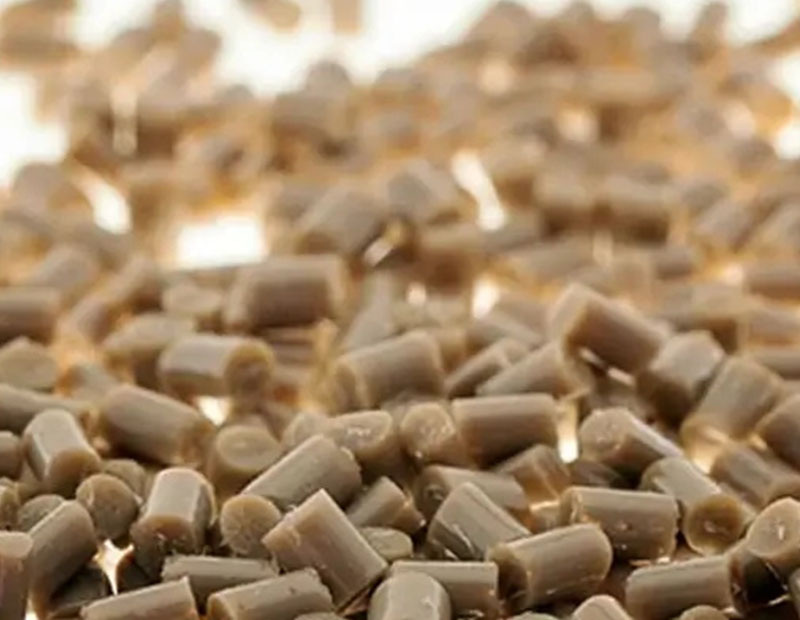PEEK Material: Comprehensive Technical Overview
1. Introduction to PEEK
Polyether ether ketone (PEEK) is a High-performance thermoplastic polymer belonging to the polyaryletherketone (PAEK) family. This semi-crystalline material is renowned for its exceptional combination of mechanical, thermal, and chemical properties, making it suitable for demanding engineering applications across various industries.

2. Key Characteristics of PEEK
2.1 Mechanical Properties
PEEK exhibits outstanding mechanical strength with a tensile strength of 90-100 MPa and flexural strength of 170 MPa. Its modulus of elasticity ranges between 3.6-4.0 GPa, providing excellent stiffness. The material maintains these properties even at elevated temperatures, with only 15% reduction in tensile strength at 150°C compared to room temperature.
2.2 Thermal Properties
PEEK has a glass transition temperature (Tg) of 143°C and melting point of 343°C. Its continuous service temperature reaches 250°C in air, with short-term exposure capability up to 300°C. The coefficient of thermal expansion is relatively low at 47 × 10-6/K (parallel to flow) and 67 × 10-6/K (perpendicular to flow).
2.3 Chemical Resistance
PEEK demonstrates remarkable chemical resistance, withstanding most organic and inorganic chemicals except concentrated sulfuric acid and nitric acid. It shows less than 1% weight gain after 24 hours immersion in water at 23°C and maintains dimensional stability in high humidity environments.
2.4 Electrical Properties
The dielectric strength of PEEK is 19 kV/mm, with volume resistivity of 1016 Ω·cm. Its dielectric constant remains stable (3.2-3.3) across a wide frequency range (50 Hz to 1 MHz) and temperature spectrum.
2.5 Tribological Properties
Unfilled PEEK has a coefficient of friction of 0.3-0.4 against steel. When reinforced with carbon fibers, the wear rate can be reduced to 1 × 10-6 mm3/Nm, making it suitable for bearing applications.
3. PEEK Material Grades
Unfilled PEEK: Virgin material with balanced properties
30% Glass-filled PEEK: Increased stiffness (E = 9.7 GPa) and dimensional stability
30% Carbon-filled PEEK: Enhanced thermal conductivity (0.9 W/mK) and wear resistance
PTFE-filled PEEK: Improved lubricity (μ = 0.15-0.2) for bearing applications
Electrostatic Dissipative (ESD) PEEK: Surface resistivity of 106-109 Ω/sq
4. Applications of PEEK Material
4.1 Aerospace Industry
PEEK is extensively used in aircraft components due to its excellent strength-to-weight ratio and flame retardancy (UL94 V-0 rating). Applications include:
Structural brackets and clips
Cable insulation and conduit systems
Fuel system components
Bearings and bushings in auxiliary power units
4.2 Medical Applications
The biocompatibility (ISO 10993 compliant) and sterilization capability (autoclavable up to 134°C) make PEEK ideal for:
Spinal fusion cages and trauma fixation devices
Dental instrument components
Surgical tool handles
Prosthetic joint components
4.3 Oil and Gas Industry
PEEK's chemical resistance and high-temperature performance enable its use in:
Downhole electrical connectors
Seal rings and backup rings
Valve seats and wear rings
Subsea equipment components
4.4 Semiconductor Manufacturing
In cleanroom environments, PEEK is preferred for:
Wafer carriers and handling components
Plasma-resistant chamber parts
Chemical delivery system components
Vacuum system seals and gaskets
4.5 Automotive Applications
PEEK is increasingly used in vehicles for:
Transmission components (gears, thrust washers)
Turbocharger components
Electrical connectors in high-temperature zones
Sensor housings
5. Maintenance and Care of PEEK Components
5.1 Cleaning Procedures
For general cleaning:
Use mild detergents or isopropyl alcohol (IPA)
Avoid strong acids (pH < 2) and strong bases (pH > 11)
Ultrasonic cleaning is acceptable at temperatures below 80°C
For medical applications, follow autoclave sterilization protocols (121-134°C, 15-30 minutes)
5.2 Storage Conditions
Optimal storage parameters:
Temperature: < 40°C
Relative humidity: < 60%
Protect from UV exposure
Store away from strong oxidizing agents
5.3 Handling Precautions
Use clean, powder-free gloves to prevent contamination
Avoid sharp impacts that could cause surface scratches
For precision components, maintain in controlled environments (cleanrooms when applicable)
When machining, use sharp tools to prevent material degradation
5.4 Inspection and Maintenance Schedule
Recommended inspection intervals:
Mechanical components: Every 6 months or 5,000 operating hours
Seals and gaskets: Annually or per system maintenance schedule
Electrical components: Before each commissioning cycle
Medical implants: Per manufacturer's guidelines (typically pre-sterilization)
Note: The specific maintenance requirements may vary depending on the application environment and PEEK grade. Always consult the material datasheet and application guidelines for precise maintenance procedures.






